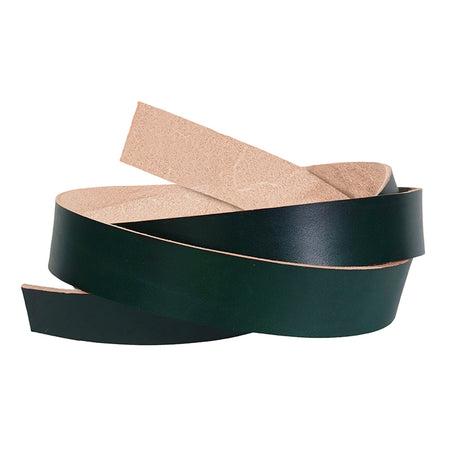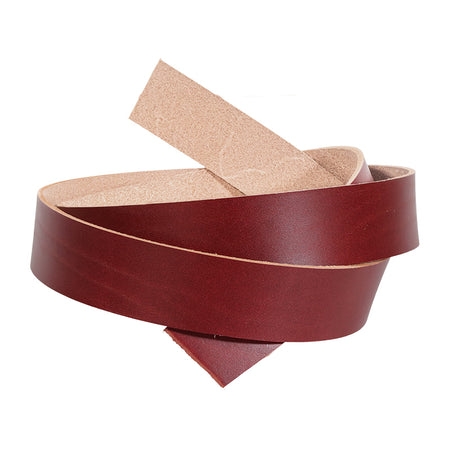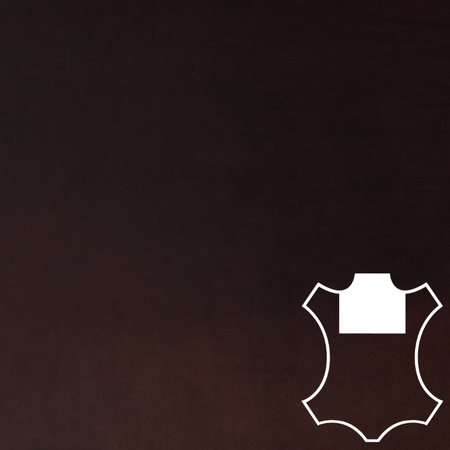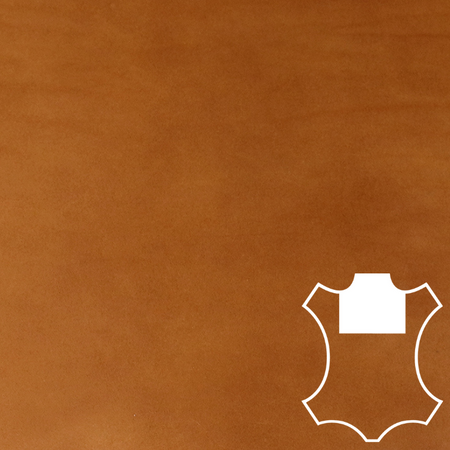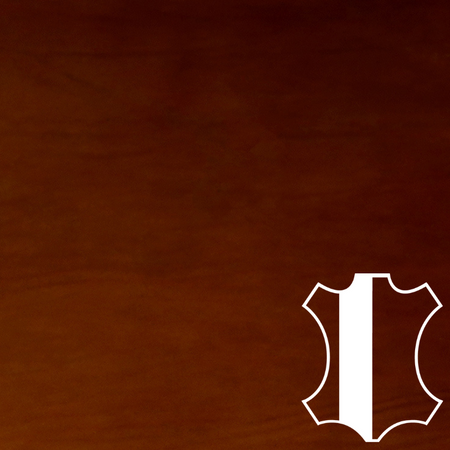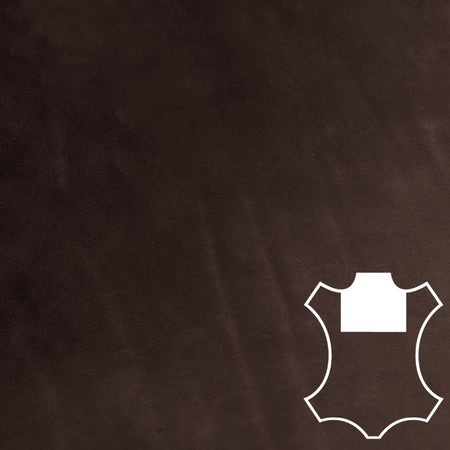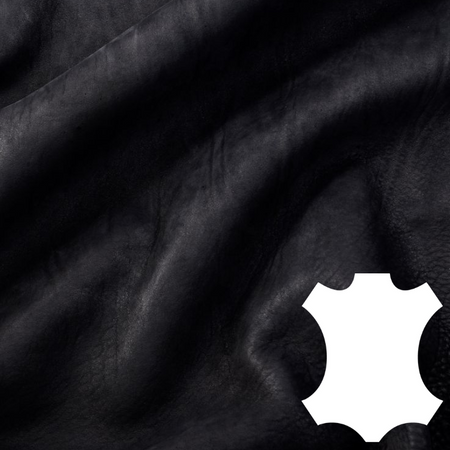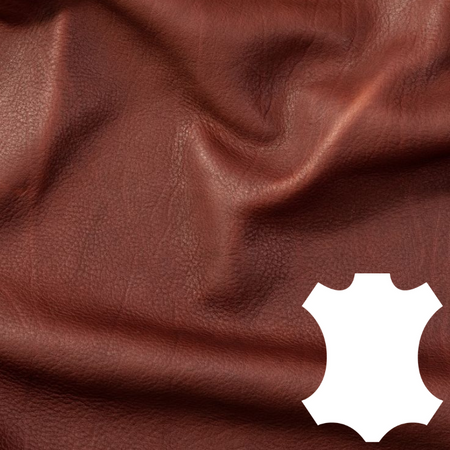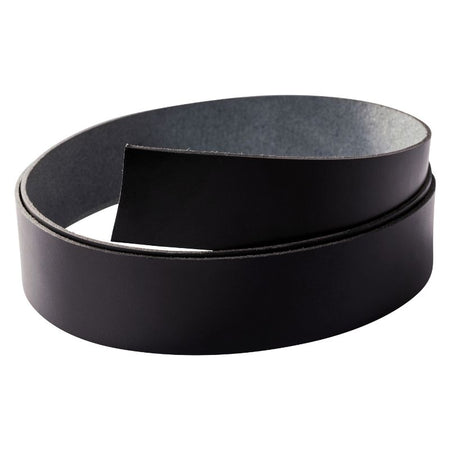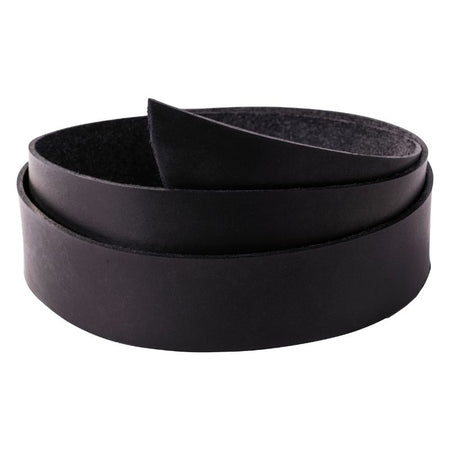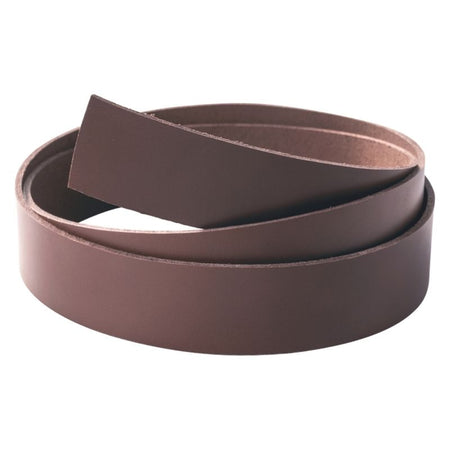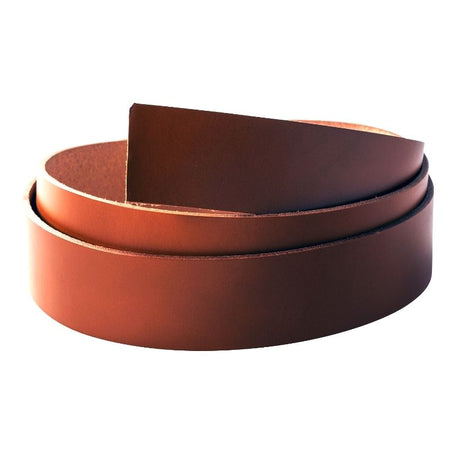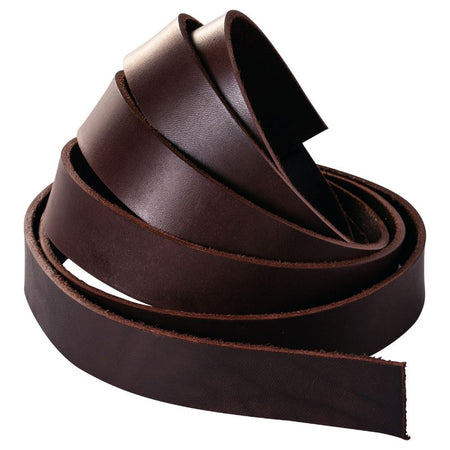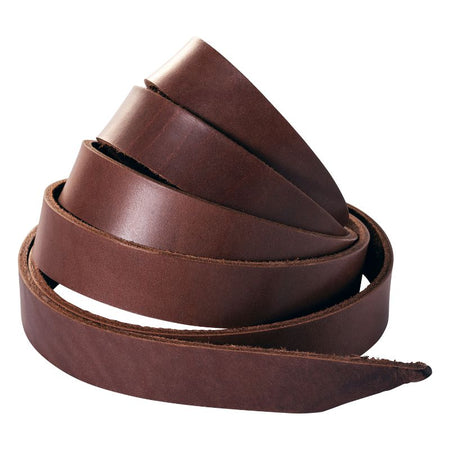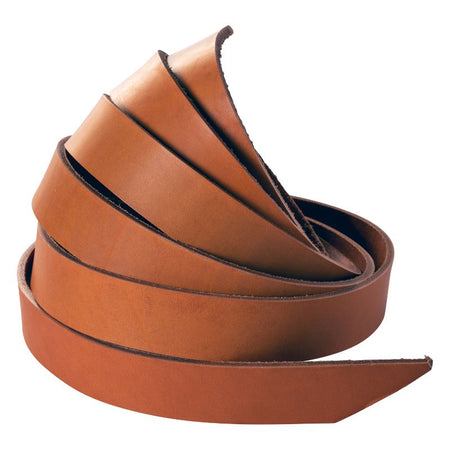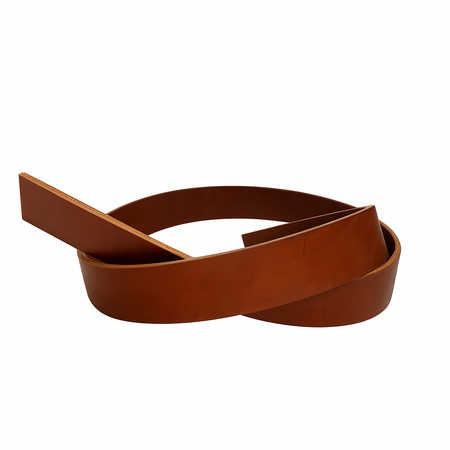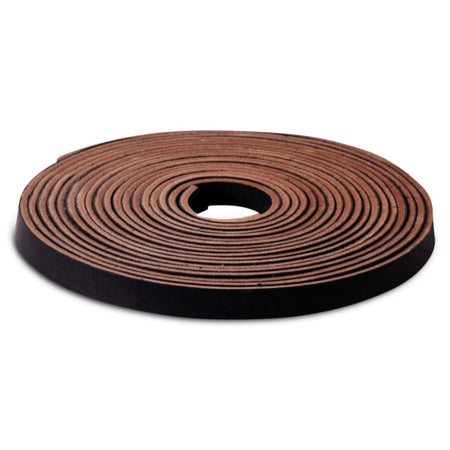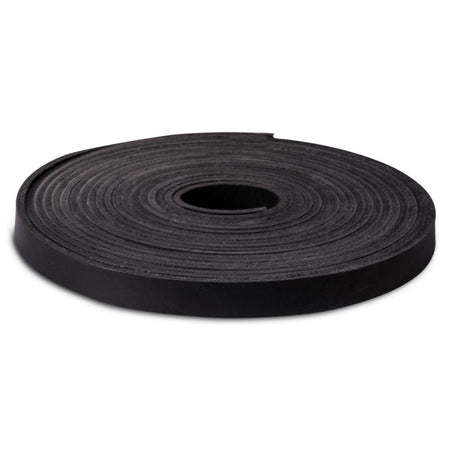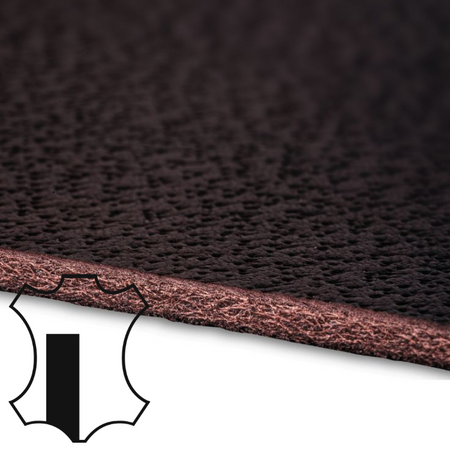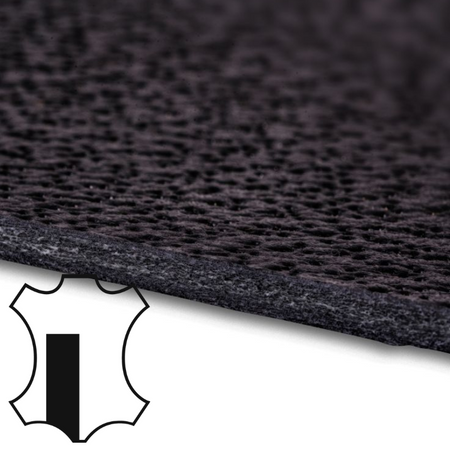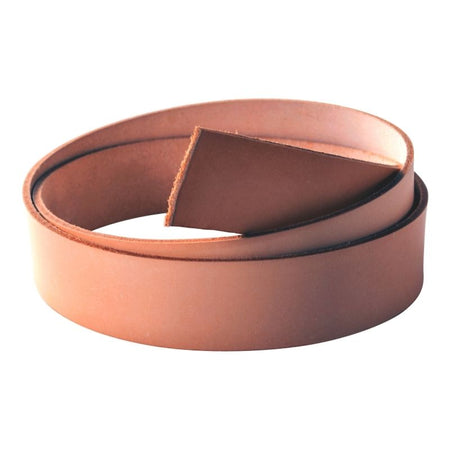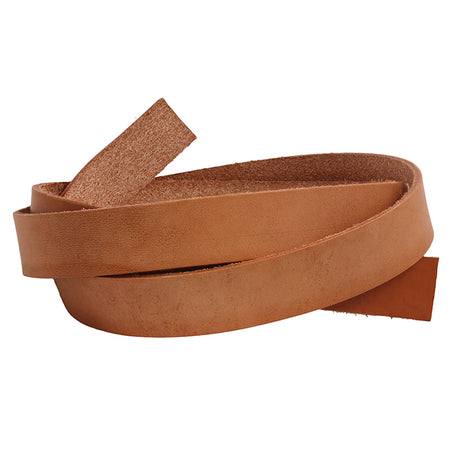-

round rope in natural leather
From 3.15 EUR -

strap Niagara midnight blue
From 15.73 EUR -
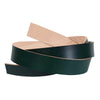
strap Niagara forest green
From 15.73 EUR -

strap Niagara red passion
À partir de 15.73 EUR -

Shoulder Niagara Acajou
From 81.07 EUR -

shoulder Niagara chocolate
From 81.07 EUR -

shoulder Niagara Cognac
From 81.07 EUR -

shoulder Niagara color natural
From 81.07 EUR -

shoulder Niagara black
From 81.07 EUR -

shoulder Niagara havana
From 81.07 EUR -

half-back Niagara black
From 205.70 EUR -
Out of print

Half-back Niagara Acajou
From 205.70 EUR -

half-back Niagara chocolate
From 205.70 EUR -

half-back Niagara havana
From 205.70 EUR -

half-back Niagara Cognac
From 205.70 EUR -

half-back Niagara color natural
From 205.70 EUR -

shoulder Pykara black
From 72.60 EUR -

shoulder Pykara chocolate
From 72.60 EUR -

shoulder Pykara havana
From 72.60 EUR -

shoulder Pykara Cognac
À partir de 72.60 EUR -

hide Hukou black
From 342.19 EUR -

hide Hukou chocolate
From 342.19 EUR -

shoulder Pykara natural color
From 48.40 EUR -

strap Pykara black
From 14.52 EUR -
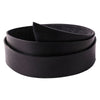
strap Niagara black
From 15.73 EUR -

strap Pykara chocolate
From 14.52 EUR -

strap Pykara havana
From 14.52 EUR -

strap Pykara Cognac
From 14.52 EUR -

strap Niagara chocolate
From 15.73 EUR -

strap Niagara havana
From 15.73 EUR -

strap Niagara Cognac
From 15.73 EUR -

strap Niagara Acajou
From 15.73 EUR -

Set of 10 meter Niagara bridle reins chocolate
À partir de 90.75 EUR -

Set of 10 meter Niagara bridle reins black
From 90.75 EUR -
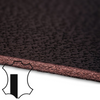
butt Gavarnie chocolate
212.96 EUR -

butt Gavarnie black
212.96 EUR -

strap Pykara color natural
From 10.89 EUR -

strap Niagara natural color
From 15.73 EUR
Vegetable-tanned leather for lovers of authenticity and eco-responsibility
Complete range of vegetable-tanned leathers
What is vegetable-tanning?
Leather tanning is the process of transforming hide (previously prepared) into leather. This operation transforms a putrescible hide into a rot-proof material: leather. The hides are bathed for several days in a drum in a mixture of water and tannins. These tannins can be of vegetable or mineral origin. Vegetable tanning is the oldest process. It requires the use of vegetable tannins such as quebracho, mimosa or chestnut bark powder. The choice of tannins used depends in particular on the animal species from which the leather is obtained. comes from hide and sought-after properties for leather.What are the characteristics of vegetable-tanned leather?
Vegetable-tanned leathers are non-allergenic, with natural hues that will develop a patina over time. Vegetable tanning produces firmer, stiffer leathers with a softer, silkier feel. Vegetable tanning is a much slower process than mineral tanning, but above all more respectful of the environment.Which Radermecker equestrian leather products are vegetable-tanned?
- saddlery leather full grain Niagara : half-back natural and tinted half-back strip natural and dyed half-back strips 3*220cm natural and dyed & 4*220cm natural and tinted shoulder natural and tintedshoulder natural and tinted shoulder natural and tinted shoulder strap 4*120cm natural and tinted, stretched (one-third butt) and stretched leather strap .
- saddlery leather full grain Pykara : shoulder natural and tintedshoulder natural and tinted shoulder natural and tinted shoulder strap 4*120cm natural and tinted.
- saddlery leather Gavarnie.
- saddlery leather Hukou : en wholehide and half hide
How do you recognize vegetable-tanned leather?
It's not always easy to identify the origin of a leather's tanning: Mineral tanning? Vegetable tanning? Radermecker Tannery offers you a method for identifying the type of tanning applied to your leather: The flame technique.



